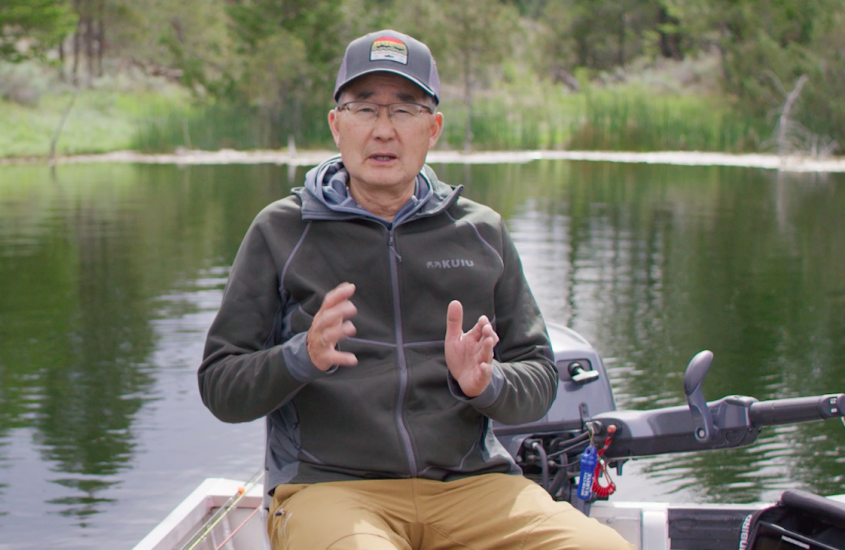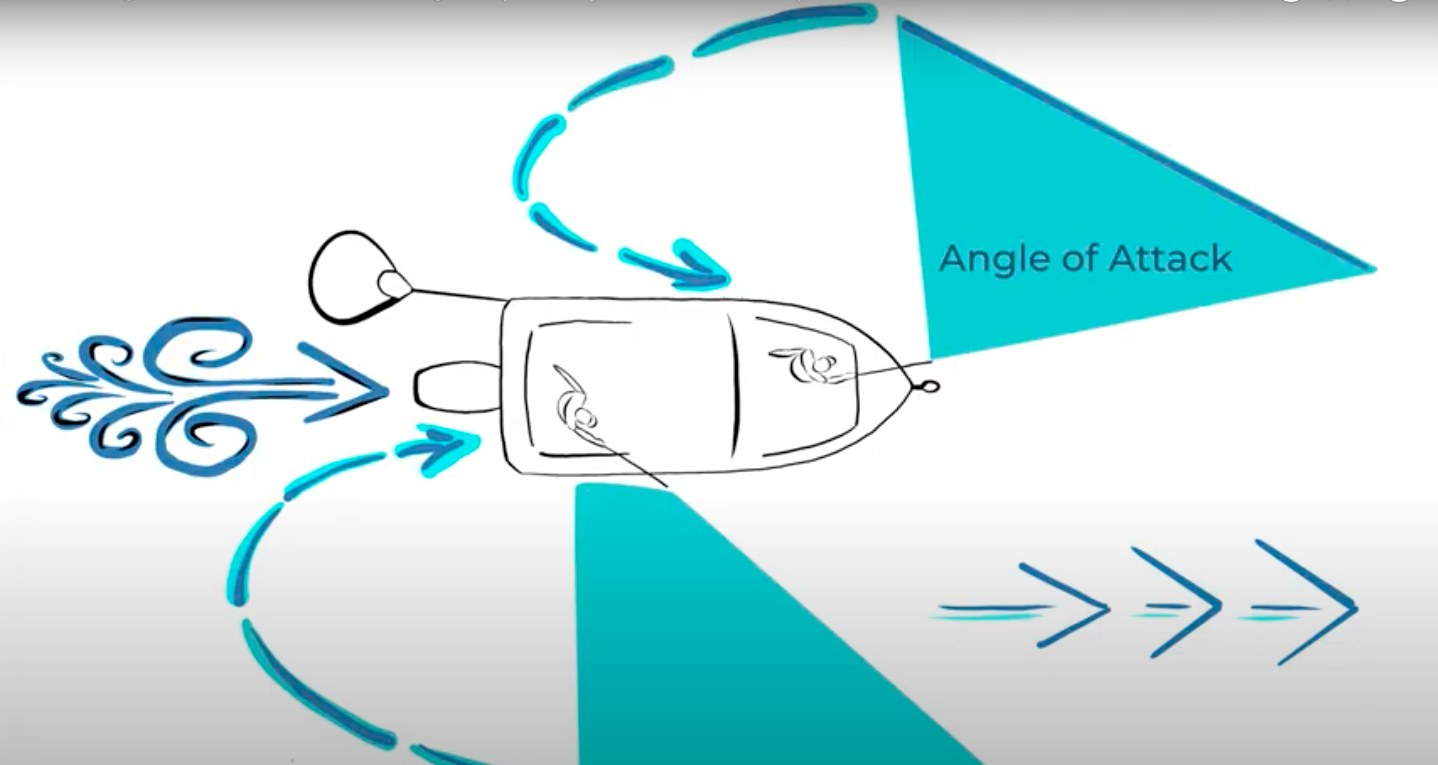By: Jackie Holbrook
There’s a lot that goes on beneath the surface of the water. A basic understanding of what lies beneath will improve your odds of catching fish.
Not All Lakes are Created Equal
Just because it’s a body of water doesn’t make it fishy. What’s underneath the surface has a lot to do with its productivity. That’s why scientists developed a classification system that labels lakes based on their nutrient density. The trophic chart divides lakes into three categories: oligotrophic, mesotrophic and eutrophic.
Oligotrophic lakes are the ones you want to avoid. They’re generally considered unproductive for fishing. Nutrients don’t stick around long in these lakes, meaning there’s not much food for the fish to eat. Oligotrophic lakes are deep, with little shoal area. They also have water that flows in and out, which flushes out many of the nutrients, according to Phil Rowley, who has been fishing lakes almost exclusively for more than two decades. If you’re looking to target big trout, oligotrophic lakes are not for you.
Mesotrophic lakes fish a little better. These lakes are a little shallower with more shoal area. Because the bottom gets more sunlight, there’s more growth on the floor. The nutrients stay in these lakes longer, making a slightly richer habitat for trout. Mesotrophic lakes are generally considered so-so for fishing.
Eutrophic lakes are where it’s at when it comes to fishing. These lakes are shallow, often less than 50-feet deep. They have everything fish love including rich weed growth and a soft, muddy bottom. Eutrophic lakes offer the perfect habitat for food that the trout need to grow fat and happy. If you’re looking for a fishy lake, locate a eutrophic lake.
Are You in the Zone?
Not only should you need to identify what kind of lake to fish, you then need to locate where the fish live. Lakes are divided into several zones. Fish utilize these zones in different ways. By understanding what drives the fish to these areas, you’ll give yourself the best shot at feeling a bite.
When some people think of the shoreline, they think of what’s above water, but the shoreline extends into the lake. The shoreline consists of the water from the edge to about 5-feet deep. Trout tend to cruise the shores in the early mornings and late day, according to Rowley. They also can be found feeding along the shore in the early spring, once the ice melts, and late fall before the freeze.
The shoal is slightly deeper than the shoreline, about 20-feet or less. It’s shallow enough to generate plant growth along the bottom. This provides a wealth of nutrients for life. “Think of the shoal area as the grocery store,” Rowley said. “This is where the majority of the food lives that the trout feed on.” Like a 24-hour grocery store, the shoal is where fish go for a quick snack. This makes it a great place to throw a variety of flies to see what the trout feel like biting that day.
The drop-off is the transition area between the shallower shoal and the deep, dark water. “Trout cruise along the edges because they can make a quick foray into the shoal for a bite to eat but if something startles them, they can seek security of the deeper water nearby,” Rowley said.
Finally, there’s the deepwater zone. This is where trout go when they’re not feeding or there’s an environmental factor like weather that’s put them down. Fly anglers rarely fish the deepwater zone because it’s often not productive and requires more line than is used on a fly rod.
Study the Seasons
It’s easy to watch the seasons transition on land but did you know water also goes through major seasonal changes?
“A good understanding of the four seasons the lakes go through makes you a better angler because you understand what is going on throughout the season and its impact on fish, where they’re located and most of all, it’s going to help you catch more fish,” Rowley said.
When the temperatures drop for fall, so do the fishing conditions. When lakes begin experiencing water temperatures in the mid to low 30s, trout retreat to deeper water to chill out for the winter. During this time they don’t want to expend much energy, they want to stay cozy, so they don’t put a lot of effort into feeding. This can make for some slow fishing conditions. And once the lake freezes over, now it’s time to trade the fly rod for the ice fishing rod.
Spring is a special time for fishing. In the days immediately after the ice leaves the lakes, the water remains stratified. During this time trout stay in the shallows, 10-feet or less, which hosts the highest concentration of oxygen. “During this seven to 10 day period after the ice is off, fishing is outstanding,” Rowley said.
If you hit this time period right, the fishing is outstanding. But it’s a narrow window that’s easy to miss. This period of excellent fishing is usually immediately followed by an event that creates slow fishing. Twice a year, lakes experience what’s referred to as “turnover.” This event lasts five to seven days. Fishing is usually poor because oxygen levels are unsettled, and clarity is reduced. Once the turnover process is complete, the debris settles, water clears up and the fishing improves. As spring temperatures warm up that’s also when the hatches start, and the fishing really heats up.
Summer is a mixed bag for fly-fishing lakes. Rowley says some anglers experience the summer doldrums. When trout leave shallower water for the deepwater zone, the fishing often slows down. However, algae blooms can aid fishing. During algae blooms trout can be found in the cooler water 6 to 10-feet below the algae.
Watch in Video Format
For a complete understanding on how to make the most out of fishing lakes, check out the Anchored Outdoors Master Class Stillwater Fishing with Phil Rowley and check out this sample chapter here:













